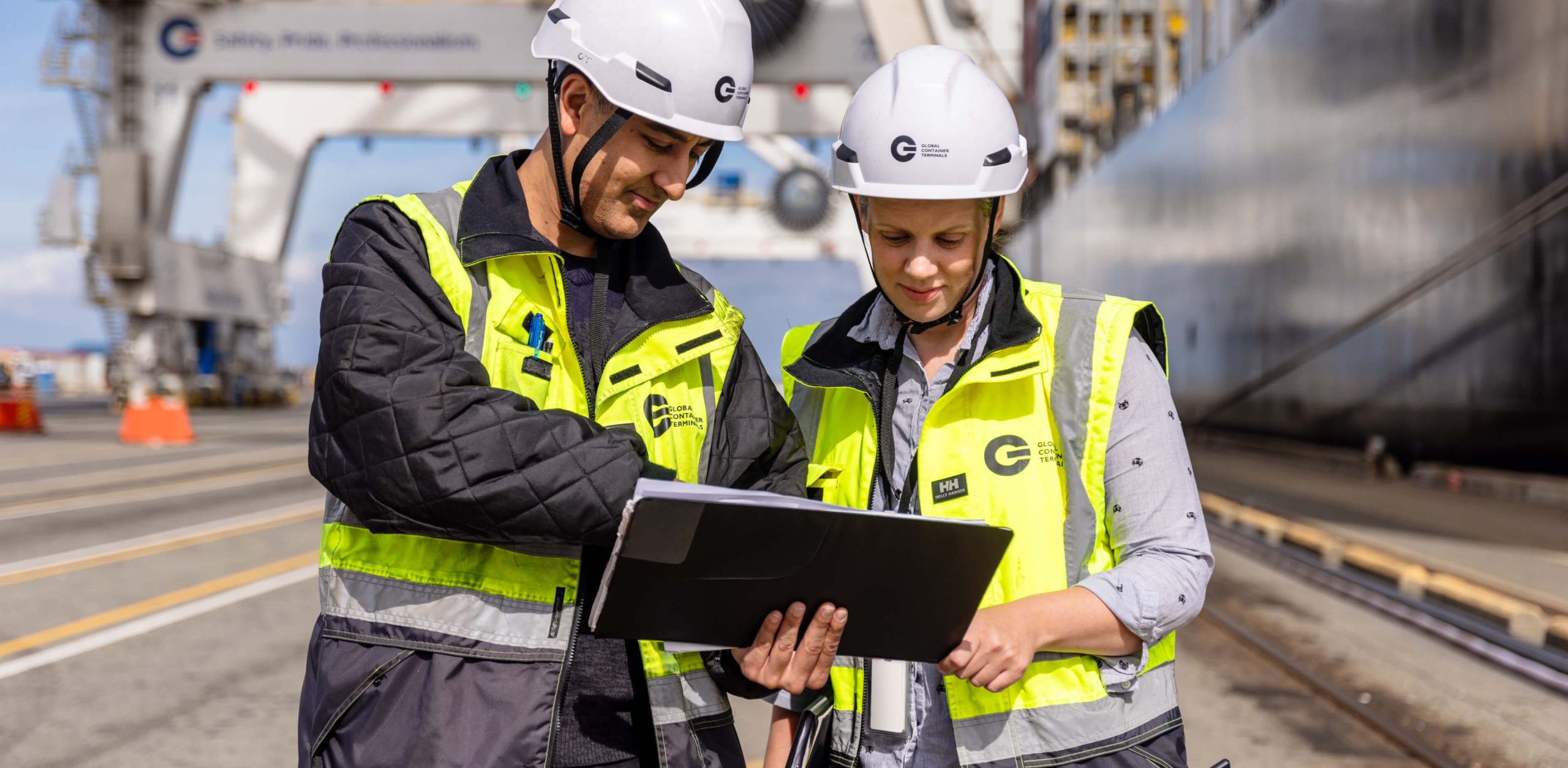Safety and Security
Though speed and efficiency are important, neither takes precedence over the safety of our workforce and the trucking community. We have designed all our terminals with safety at the forefront; we also wholeheartedly believe that it is everyone’s responsibility to keep us safe by following proper procedures and policies.
Our safety pledges:
- We will provide a safe, secure, and healthy environment.
- We will train our employees to work safely and provide them with the equipment and information necessary to do so.
- We will ensure that all work is performed safely, no matter how important or urgent.
- We will ensure a continued and open dialogue with all business partners.
- We will focus on the continuous improvement of our operations.
- We will comply with all regulations and industry standards.
- We will cooperate with all regulatory agencies.
- We will prevent and investigate the occurrence of unsafe or illegal acts.
- We will prepare and react promptly to an emergency situation.
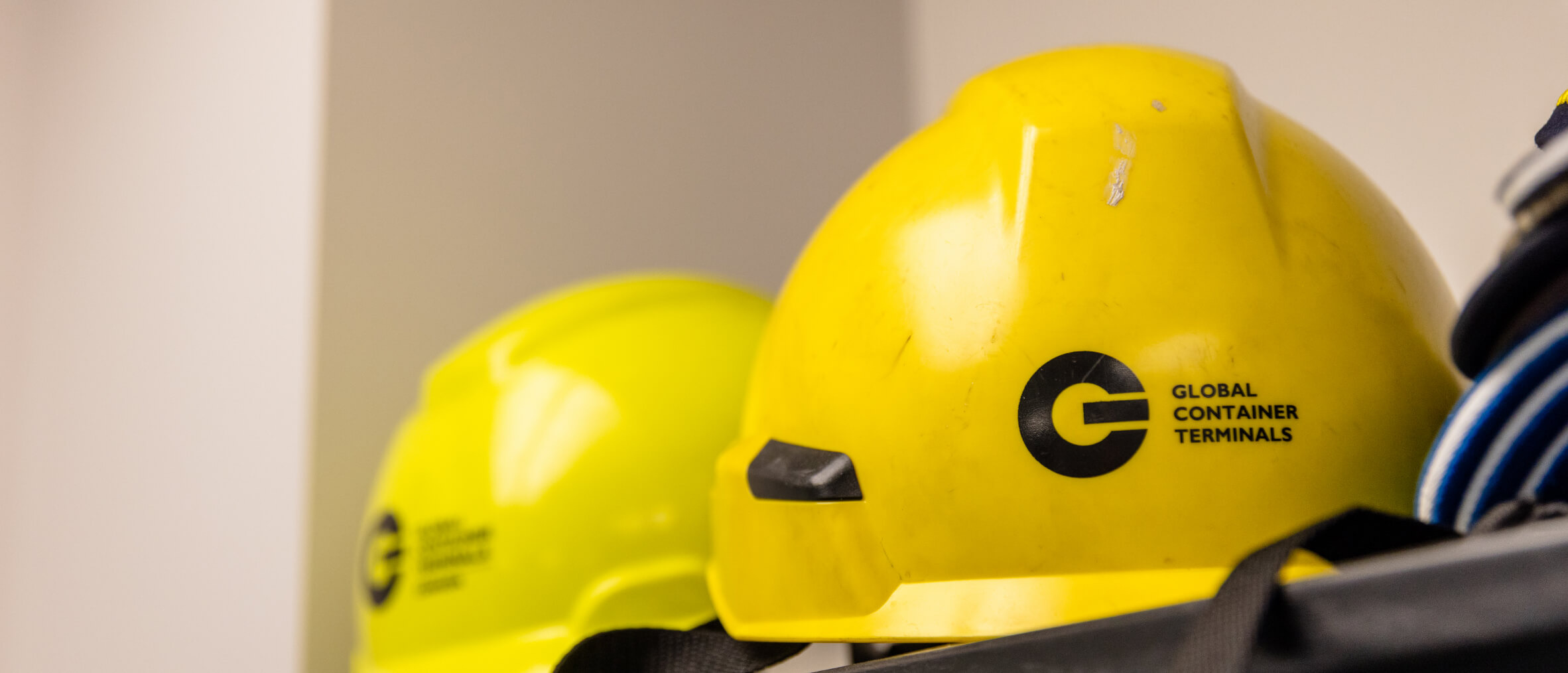
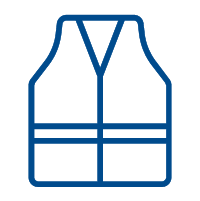
High Visibility Vest
Reflective High Visibility vests are mandatory.

Hard Hat
A hard hat, work gloves, long pants and work shoes are also mandatory.
Not allowed: shorts, sneakers, or tank tops.

Steel Toe Boots
Footwear displaying the green CSA-approved triangle is mandatory for all personnel working or visiting the terminal. Shoes must be at least 150 mm (6 in) in ankle height and have non-slip soles.

No Cell Phones
No cell phones or headphones.
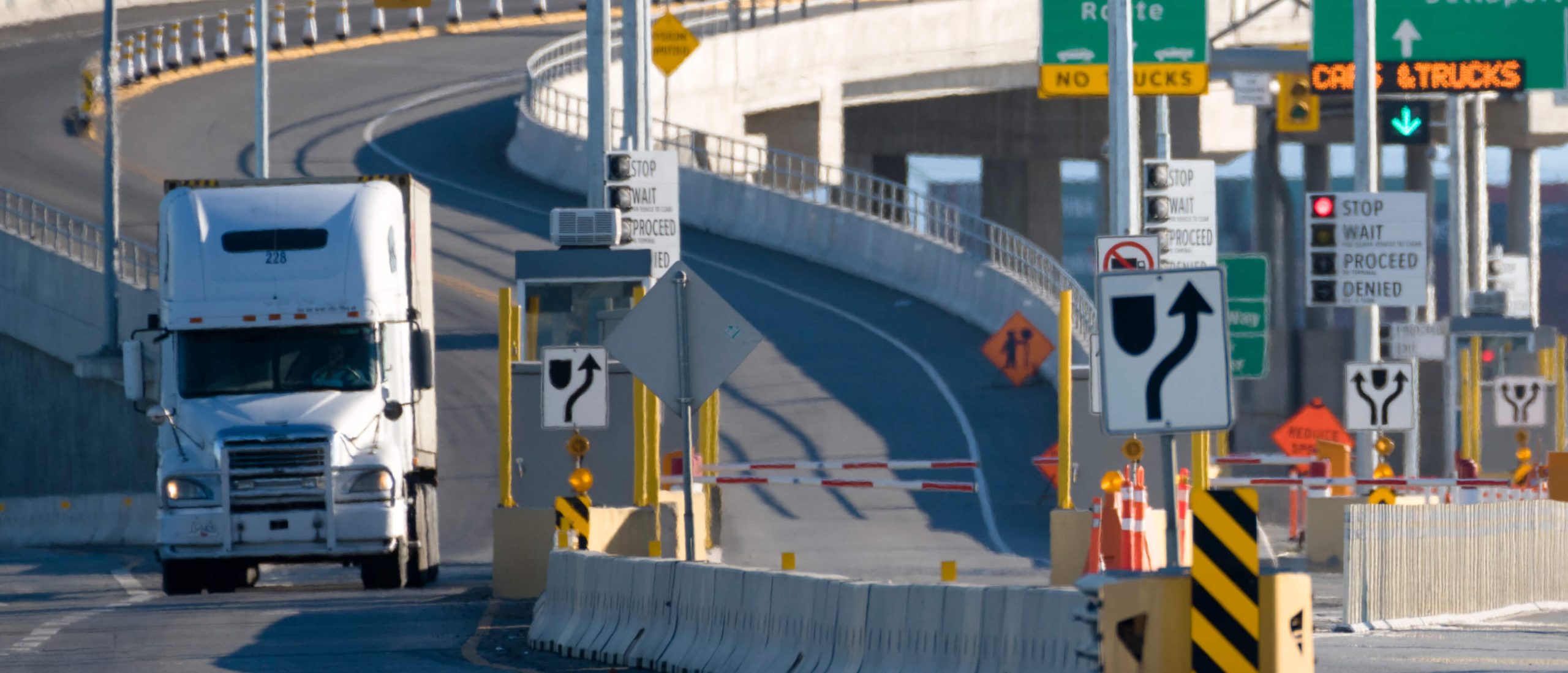
Rules of the Road
All drivers and vehicles must adhere to the following rules at all times while on the premises. Violations may result in the cancellation of a truck move in progress and/or expulsion from the terminal.
01.Drivers shall not exceed the terminal’s speed limit of 20 kph (or otherwise posted speed).
02.Drivers shall come to a complete stop at every intersection.
03.Drivers shall obey all posted signs and all directions given to them by terminal staff.
04.Drivers shall yield the right of way to any pedestrians and to any container handling equipment.
05.Drivers must turn off the engine and apply brakes at In/Out Gate.
06.Drivers shall turn on traffic headlights at all times.
07.Drivers shall not release air-brakes at the intercom.
08.U-turns are prohibited.
09.Drivers shall be alert and aware of overhead cranes.
10.Drivers must remain in the cabs of their tractors unless otherwise instructed. If there is a problem, turn on four-way flashing lights to alert GCT personnel.
11.Drivers must follow marked traffic patterns and refrain from blocking or cutting through any centre lane ways, runways or walkways.
12.Drivers shall not utilize cellular phones while driving within the terminal.
13.No passengers are permitted in the cab of any tractor while on the premises.
14.No alcoholic beverages are permitted within the terminal.
15.Drivers shall not litter or loiter while in the terminal.
16.All vehicles entering the terminal are subject to search at any time.
17.Drivers shall not take photos or videos at any time while in the terminal.
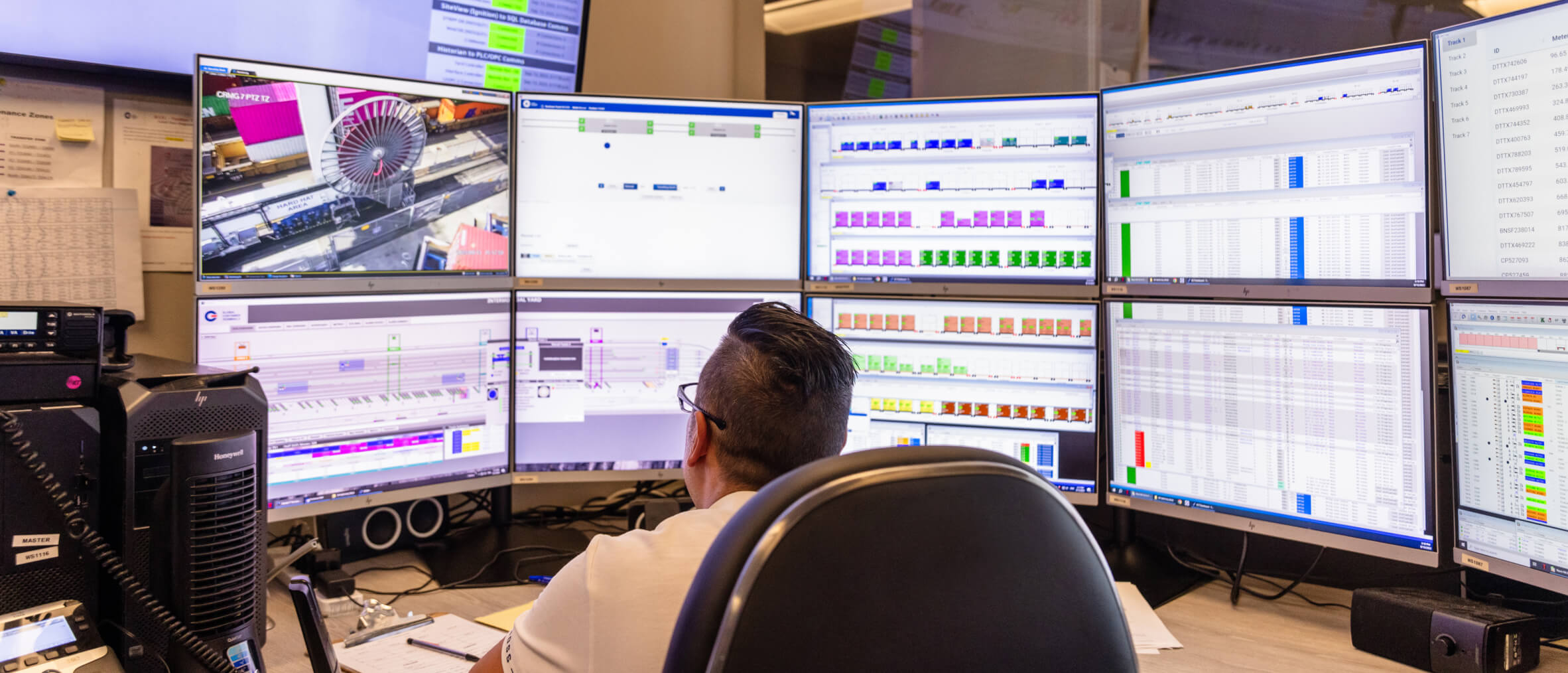
A Secure Harbour
GCT, along with Canada Border Service Agency (CBSA) and Vancouver Fraser Port Authority, is dedicated to protecting both your cargo and the harbour. All loaded imports and exports are kept in highly secured, monitored areas with cargo details archived to keep your goods safe. Controlled access and vigilant 24-hour surveillance offer our customers an unparalleled level of accountability and regulatory compliance.
Report Suspicious Activity
Help us keep GCT safe by reporting any suspicious activity or unfamiliar/unauthorized persons. Be alert for unusual behaviour such as:
01.No response to verbal interaction.
02.Walking slowly and deliberately toward a potential target.
03.Inappropriate attire or excessive clothing that may be concealing something.
04.Nervousness or “doomsday” talk.
05.Agitation or rage.
06.Vehicles left parked or standing for long periods near facility perimeters.
07.Unescorted persons taking photos of the facility.
08.Unfamiliar persons asking excessive questions.
09.Persons who cannot verify their identity with a photo ID upon request.
Partners in Protection (PIP)
GCT is proud to be PIP Certified. The PIP is a cooperative program between private companies and the CBSA, aimed at enhancing border and trade chain security. It is designed to increase efficiency in the border process for low-risk, pre-approved businesses.
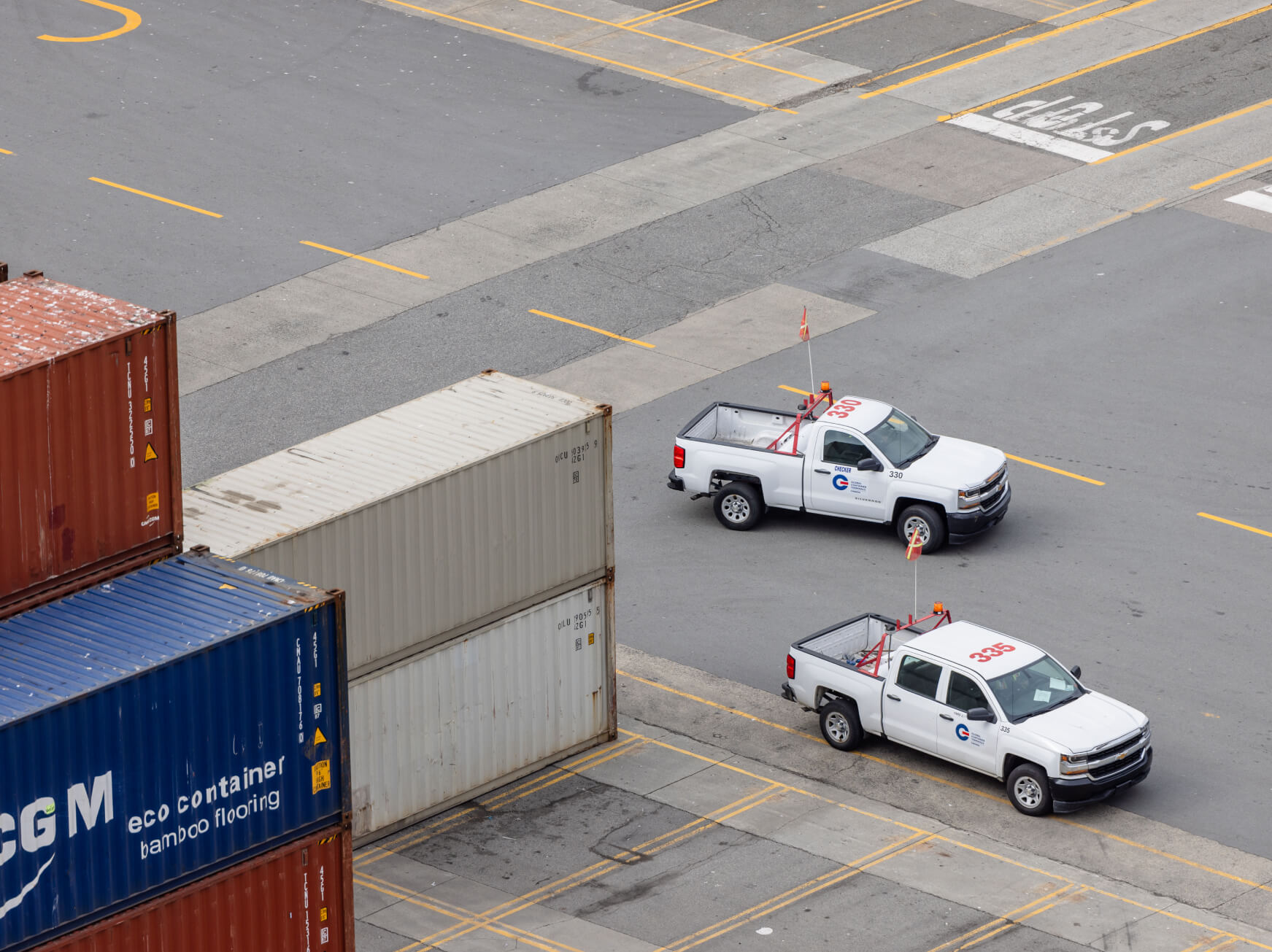
MARSEC Level 3
Additional security measures when a security threat or incident is probable or imminent.
MARSEC Level 2
Increased security measures maintained for a heightened security threat or incident for a limited period of time.
MARSEC Level 1
Appropriate security measures under normal operating conditions.
Maritime Security Levels (MARSEC)
The Coast Guard employs a three-tiered system of Maritime Security (MARSEC) Levels designed to easily communicate to the Coast Guard and maritime industry partners pre-planned scalable responses for credible threats.
MARSEC Levels are set to reflect the prevailing threat environment to the marine elements of the national transportation system, including ports, vessels, facilities, critical assets and infrastructure located on or adjacent to waters.
